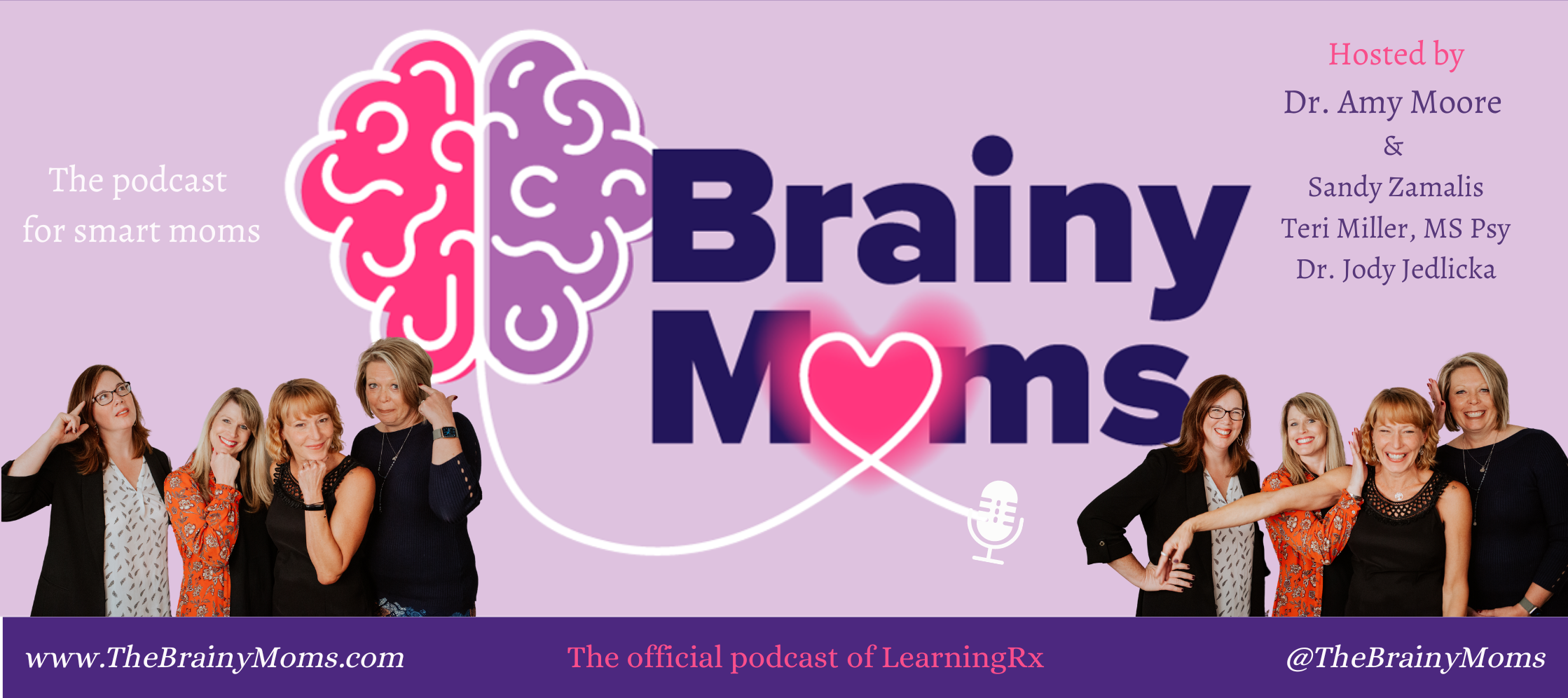From an evolutionary perspective, it’s easy to understand why a “fight, flight, or freeze” response was essential to survival. When faced with an immediate threat, the human brain activates the autonomic nervous system (ANS), causing involuntary changes to prepare the body to respond. Temporarily halting non-priority functions, such as digestion, tissue repair, and growth hormone production, allows the body to prioritize pushing blood to the heart, muscles, and other vital organs to maximize performance when fleeing or engaging with a threat.
Although most of us don’t experience frequent threats to our survival in modern times, our bodies can still trick us into thinking we need to panic. If you or someone you love has ever experienced severe anxiety, you may be familiar with the symptoms, which often include increased heart rate, muscle tension, a flushed face, and rapid breathing. For children, this response may even be initiated by something as simple as a new situation or food, a change in routine, or feeling overwhelmed by stimuli.
Behaviors and Emotions in Fight, Flight, or Freeze Mode
As a parent, you may be wondering what behaviors and symptoms to look for in order to determine if your child is in a stress response. It can be helpful to identify these things because most of the time, these behaviors are not your child willfully disrespecting you or misbehaving. It’s a biological response to a stressor that they’re trying to navigate.
According to Cognitive Psychologist Dr. Amy Moore, here are some of the more common manifestations of the fight, flight, or freeze response in kids:
Common Behaviors for Kids in Fight Mode:
When somebody’s in fight mode, they’re going to look more aggressive. So for younger children, you’re going to see things like:
- kicking
- screaming
- hitting
- spitting
- throwing
- punching
- yelling at you or using mean words
- increasingly demanding
- controlling/manipulative behaviors
- deflecting blame
- engaging or moving towards the source of conflict
Most parents have heard the dreaded, ‘I hate you.’ That is a sign that your child is in fight mode. The emotions underneath that fight mode are things like anger and irritability, or being offended.
Common Behaviors for Kids in Flight Mode:
These are the exact opposite of fight mode. Kids who are in “flight” often display behaviors like:
- wanting to escape
- physically hiding or retreating
- difficulty with focus
- fidgeting or restlessness
- procrastination and avoidance
- if they’re out of the house, calling you to come pick them up
These are all signs that their stress response is that urge to flee, moving away from what seems threatening to them. The emotions that underlie those behaviors are anxiety, panic, worry, fear, and being overwhelmed.
Common Behaviors for Kids in Freeze Mode:
While not as drastic or disruptive as the behaviors in fight or flight, kids who “freeze” as a typical stress response still display some hallmark characteristics, including:
- saying “I don’t know” to any question
- being verbally unresponsive
- an urge to isolate and withdraw
- trouble with follow-through or completing tasks
Kids in freeze mode may even look lazy—but that’s because they can’t activate any other behavior at the moment.
The emotions that underlie that freeze response are things like boredom, apathy, hopelessness, feeling depressed or sad, and even feeling numb.
How to Help Your Child Manage Anxiety
Supporting someone with anxiety can be difficult even for trained practitioners, but there are strategies that parents can use to help manage their child’s fears and worries. Here are five to try:
- Listen, engage, and validate: Encourage your child to talk about what’s bothering them (they may not always know) and validate their feelings. Using words for the emotions behind the response can be really valuable here.
- Establish routines: Predictability can help children feel safe and secure. This includes regular bedtimes, family meals, and regular physical exercise, all of which can help contribute to good physical, mental, emotional, and social health.
- Discourage avoidance: While it’s true that even adults try to avoid activities and situations that make them anxious, be cautious about allowing your child to live in a state of avoidance. Instead, look for “low-risk” opportunities to help them boost resilience and build confidence in the areas that trigger these stress responses.
- Teach coping skills: Regardless of age, you can work with your child to teach basic self-regulation skills, such as meditation, deep breathing, and sensory grounding techniques.
- Enlist professional help: Some anxiety is normal—and even beneficial. But if your child’s anxiety is causing them significant distress or affecting their day-to-day life, consider seeking the help of a mental health professional.
While the causes of anxiety are complicated, it’s worth mentioning that anxiety disorders can run in families. If you or your spouse has anxiety, getting treatment can help you manage your own thoughts, feelings, and behaviors, which will better position you to co-regulate your child’s emotions when they experience a fight, flight, or freeze response.
For More:
- The Ages & Stages of Anxious Kids: A Guide for Parents with guest Dr. Regine Galanti
- Raising Resilient Teens in an Era of Anxiety with guest Erica Komisar, LCSW
